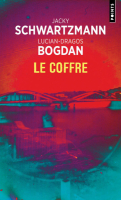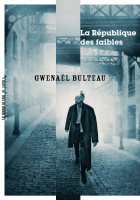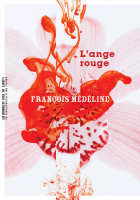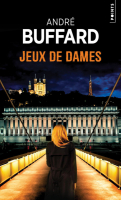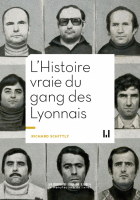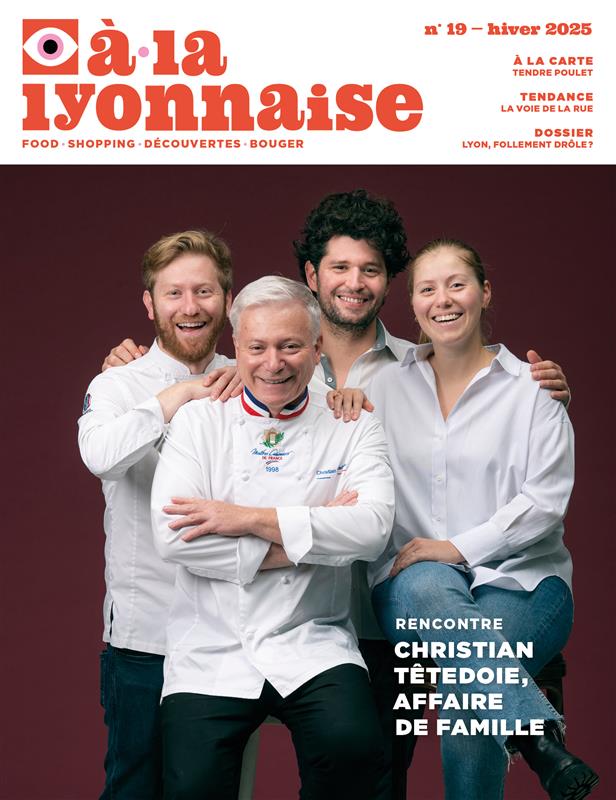Lyon, the great thrill
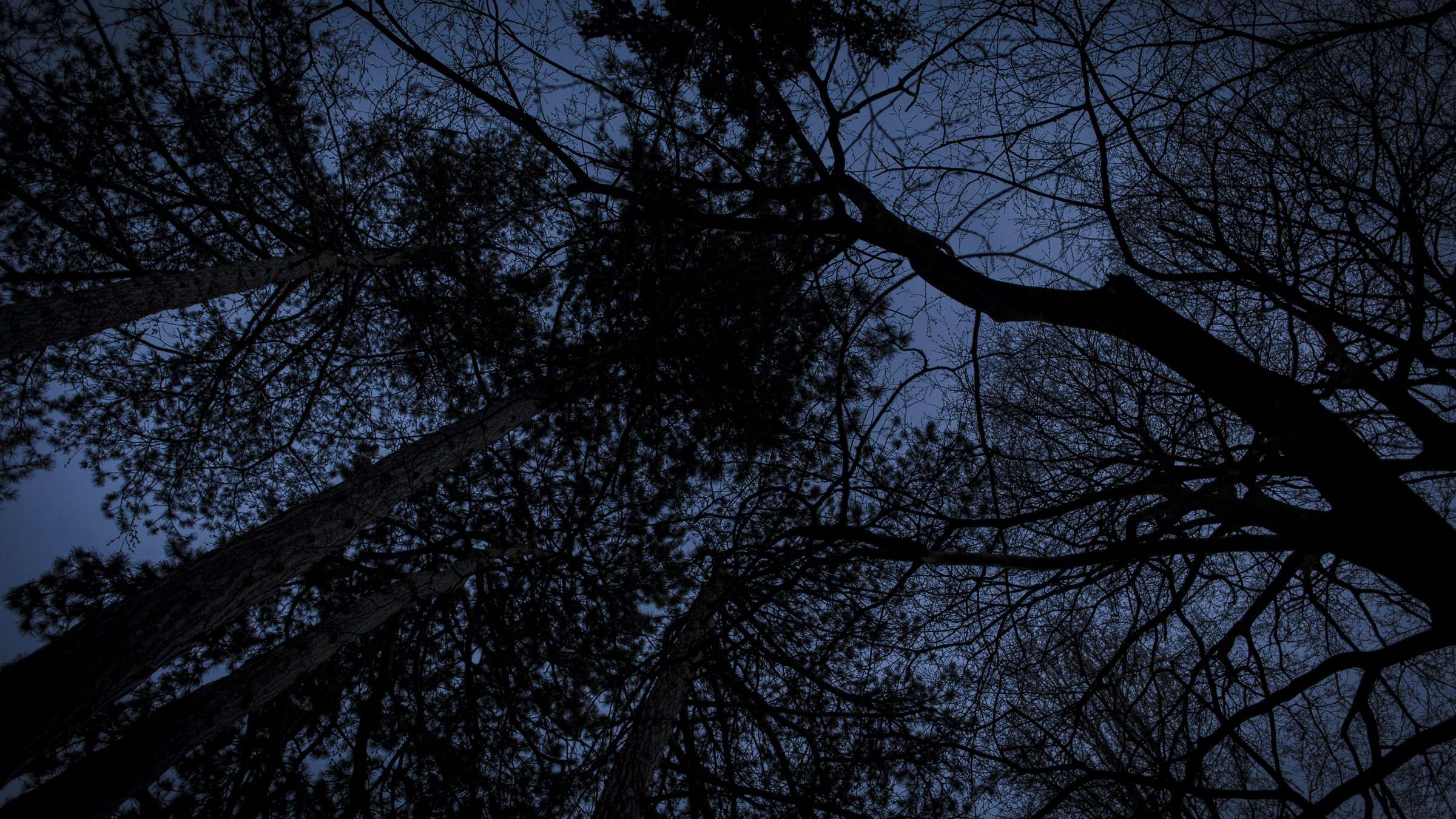
Criminal conspiracies, kidnappings, embezzlement… sordid affairs fascinate is as much as they always have. Perhaps even more so in Lyon than elsewhere. As the scene of the Quais du Polar crime fiction festival, the city of lights also has a dark side.
And it likes to share its fascination with crime, with guided tours that take visitors in the footsteps of major cases that have gripped Lyon. We investigate.
Newspapers and magazines have always thrived on crime stories. Last summer, for example, readers’ appetites for juicy reports helped the French magazine Society sell 400,000 copies of its two issues devoted to Xavier Dupont de Ligonnès, a man suspected of murdering his family in 2011. Similarly, TV shows that recount crimes and disappearances (such as Crimes, Faites entrer l’accusé and Enquêtes criminelles), fictional series (Dexter, You, Peaky Blinders, Broadchurch…), and documentary thrillers such as the popular Netflix series Making a Murderer, are growing in number, to satisfy our unquenchable thirst for bloody stories.
“Perhaps we like mysteries because they are a way to escape our daily routines. Investigations entertain us and help us forget about our worries. Killers dare to carry out things that our education forbids us from doing!”, suggests Coline Gatel, crime fiction author. Is it voyeurism or curiosity? What is certain is that our fascination with spine-chilling stores is nothing new. Ten years ago, Lyon’s tourist office inaugurated a guided tour named ‘Crimes et faits divers’ at the instigation of the Quais du Polar festival. Anne Ravet, the guide who ran the tour, still remembers it: “Those tours were immediately successful! Still today, they are fully booked. People love to hear the details of Lyon’s criminals and hoodlums, which are timeless subjects.”
A second tour has even been created to satisfy locals and visitors of all ages. Code name: ‘Cops and Robbers’. Beginning on the banks of the Saône, the tour looks at major cases that marked Lyon from 1950 to 1980. “I began by telling visitors about the death of judge Renaud and the various theories surrounding his murder. Next, I take them to the Ainay neighbourhood to talk about the kidnapping of the son of Alain Mérieux in 1975, a huge case at the time! We then take a break at the Café de la Mairie for the story of the bloodiest arrest in Lyon’s history: that of Pierre Rémond, a.k.a. ‘Nenœil’, who was shot down by the police in 1969, on this very spot. I also tell the story of local cop Javilliey and, by popular request, I finish with a reconstruction of the Neyret case,” explains Anne Ravet. This spicy tour has inspired others in Marseille, where tourists and visitors from the surrounding region can enjoy ‘Marseille de la pègre’ (Marseille’s underworld) and ‘Marseille gangster tour’. In Paris, a tour operator is offering a tour of a crime museum located on the top floor of a police station. Across the Atlantic, in the footsteps of Bonnie and Clyde, it is even possible to take part in grisly reconstructions of famous crimes.
Nicolas Le Breton, an author specialised in Lyon’s dark history, is convinced that a city’s villainous reputation is good for its popularity! “When the classic TV series Miami Vice was being filmed, the City of Miami attempted to have the name of the series changed for fear that it would drive tourists away. But quite the opposite happened!” So, it would seem that crime does pay, sometimes, and Lyon has a very good reason to play on its reputation as a “city of crime”, particularly given that it is now all in the past.
Chicago-by-the-Rhône
In the late nineteenth century, when crime was on the rise in Lyon, the only way to arrest a suspect was to catch them in the act. Alexandre Lacassagne, then a professor of forensic medicine in the city, was certain that the police could use new techniques to help solve crimes.
This is the setting that Coline Gatel chose for her first novel Les Suppliciées du Rhône, which was published in 2018: “Lyon’s history provides a fantastic backdrop for a crime novel and my “meeting” with Lacassagne was decisive. Did you know that this highly cultured doctor had a mould of a deceased woman’s hand, which he used as a paperweight on his desk?” At the time, the Doctor Lacassagne worked at the city’s morgue, which was floating on water! Moored on the river opposite the Hôtel-Dieu hospital, a boat was used to keep corpses while awaiting their identification. In order to slow down their decay, a pump was used to spray the bodies with water from the Rhône. This is the stuff that has inspired many crime novels and even a comic book by Ludivine Stock: La morgue flottante (The floating morgue).
Even before Lacassagne, there was no shortage of sordid details and urban legends about the city. In the Middle Ages, evil druids allegedly performed ritual human sacrifices on Ile Barbe, while a dragon named ‘Mâchecroute’ slept under Guillotière bridge. A white lady is also said to have prowled Croix-Rousse hill with a cup of water in hand to announced the coming of floods.
From Edmond Vidal to Toni Musulin
In recent times, famous unsolved “cold cases” were the talk of town. In 1977, Yves Bert, aged seven, disappeared when leaving the Mazenod school, in Lyon’s 3rd district. Even though it was claimed, his kidnapping was never solved. In 1982, the young Nathalie Mazot vanished into thin air in the Saint-Paul neighbourhood. The case led nowhere and her mother is persuaded that she is buried in the basement of a neighbourhood bar. A few years before that, there was the incredible story of the Gang des Lyonnais, a group of young robbers who have become the main figures of organized crime in France, earning Lyon its reputation as the capital of the underground. Between 1967 and 1977, the gang led by ‘Momon’ (editor’s note: real name ‘Edmond Vidal’) made robberies his speciality. He notched up 35 robberies without violence, including one at the Hôtel des Postes in Strasbourg, which was known at the time as the “hold-up of the century”. This story did not escape the attention of director Olivier Marchal, who made a film based on it in Lyon, in 2011. Later, another man put the Capital of the Gauls back in the spotlight of crime: Toni Musulin. In 2009, this security guard stole the contents of an armoured van he was driving, worth more than €11 M. A few days later, the bank notes were discovered by the police in a lock-up garage, but €2.5 M were missing. The loot has never been found… The story has been adapted for the cinema, another speciality of Lyon, which has no shortage of films about robberies. Not only does the Institut Lumière regularly deal with it as a subject, the city has hosted a film festival totally dedicated to thrillers and detective films – Les Mauvais Gones – for several years. A well-organised “crime”.
Three questions for Nicolas Le Breton
Author and lecturer specialised in the dark side of Lyon’s history.
How did you become a specialist in Lyon’s dark past?
As a guide and novel writer, Lyon’s criminal and esoteric past provides extraordinary material. Each case combines anthropology and sociology. My themed guided tours have been very popular over the past eight years. People have heard about the city’s darker side. The escapades of the Gang des Lyonnais did not happen all that long ago!
How do you see the popularity of criminal cases among Lyon’s residents?
It’s very characteristic of France! Just turn on the TV and it won’t be long before you come across a detective series. It’s about more than voyeurism: there is a fascination about people who step across that red line. People love to create screenplays in their minds. With each story, we ask ourselves “what if it happened to me”?
Is Lyon still a “theatre of crime”?
Yes, but no more than any other city. Its reputation as “Chicago-by-the-Rhône” dates back to the 1960s, when major cases drew a lot of media attention. But a cold look at the figures reveals that there has never been more crime in Lyon than elsewhere!
Find his books and guided tours at histoiresdecalees.com
Further reading
La morgue flottante
A comic book illustrated by Ludivine Stock, and published in the monthly magazine Les Rues de Lyon n° 08.
Available to buy at epiceriesequentielle.com
La malle sanglante de Millery (the bloody trunk of Millery)
On the 13th of August 1889, a worker found a decomposing corpse along a road between Vernaison and Millery, to the south of Lyon. The body was taken by the doctor Alexandre Lacassagne. Thanks clues found on the hair, among other things, he was able to link the bailiff Toussaint-Auguste Gouffé with the rotting corpse.
His discoveries laid the foundations for the field of forensics and were later used for the autopsy of Sadi Carnot and the identification of the burnt corpse of Mathieu Jaboulay, a surgeon at the Hôtel-Dieu hospital, for example. While these methods are a far cry from modern forensics, they made the identification of victims a central concern.
Five detective novels about Lyon
Bibliography
Le coffre
by Jacky Schwartzmann and Lucian-Dragos Bogdan
La république des faibles
by Gwenaël Bulteau
L’ange rouge
by François Médéline
Jeux de dames
by André Buffard
L’Histoire vraie du gang des lyonnais
by Richard Schittly
Crime novels under the sun
Event
Because this year is a little bit different, the Quais du Polar festival’s team has opted for a summer format that will be held outdoors. “We are very excited about the new direction the festival is taking, as well as the geographical focus of this 17th edition: Europe. There is much more to discover besides English and Scandinavian detective novels!” enthuses Hélène Fischbach, director of the crime fiction festival.
The schedule has changed, but the event will still be focussed on Lyon, including meetings, conferences, exhibitions, “literature walks”, book-signing sessions and themed evenings, including a “noir weekend” at the Institut Lumière and a surprise collaboration with the Maison de la Danse to be held throughout the city. Elementary.
Quais du Polar,
From 2 to 4 July 2021
quaisdupolar.com
City investigation
To solve the case created by local author Christelle Ravey, at the Quais du Polar festival, you will need to keep your eyes peeled. Exceptionally, the event will be extended for 15 days following the festival, in order to allow as many visitors as possible to prove their detective skills. First clue: the Rhône is at the heart of the mystery!
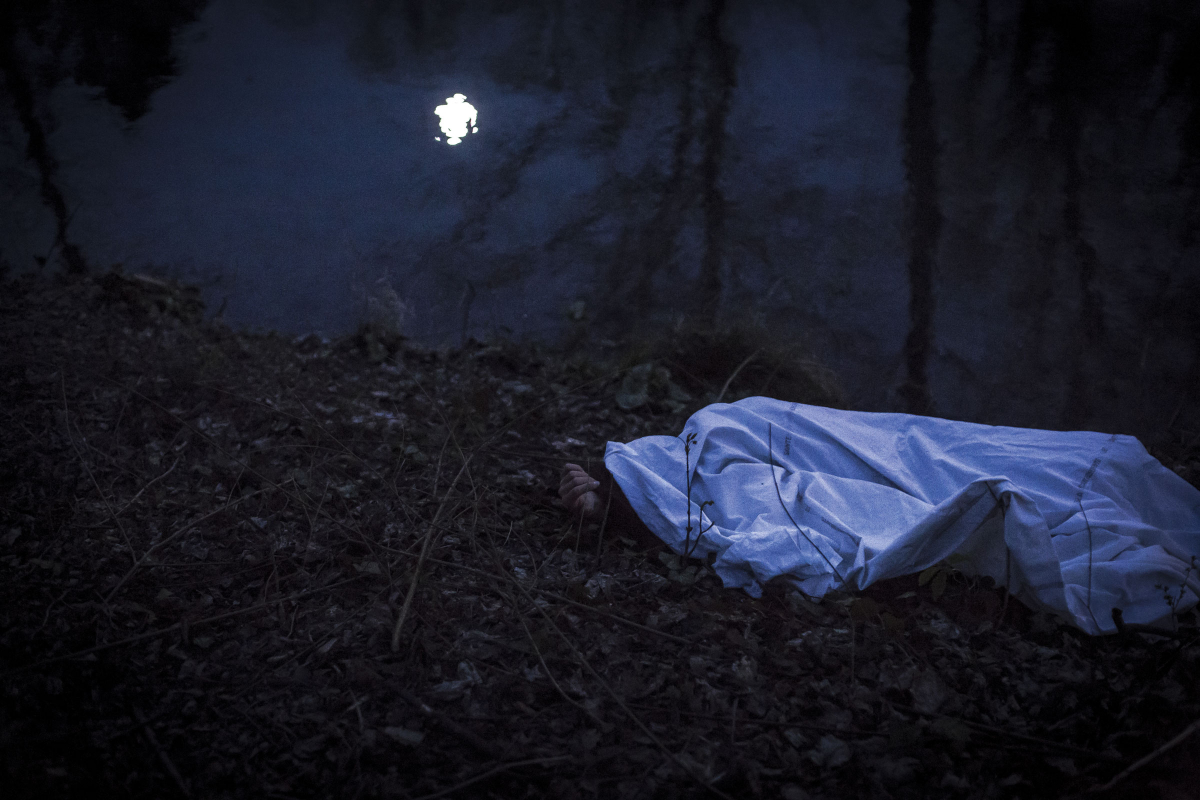
.jpg)
